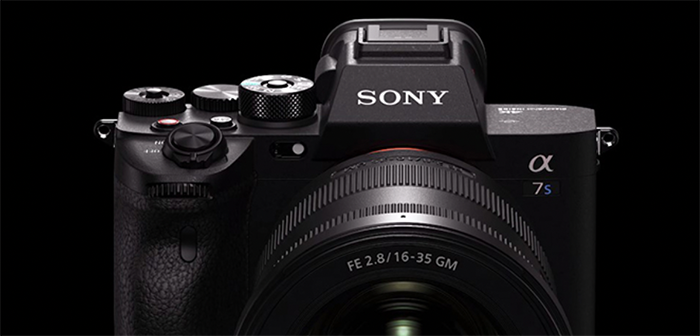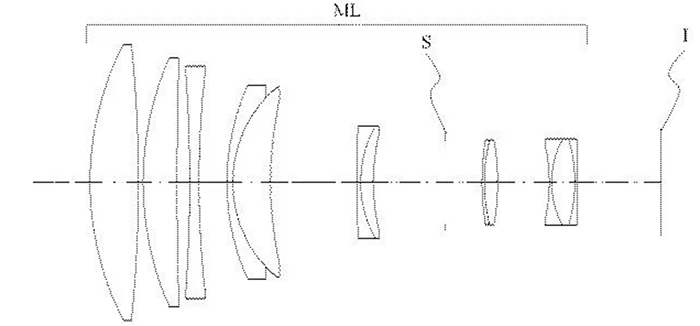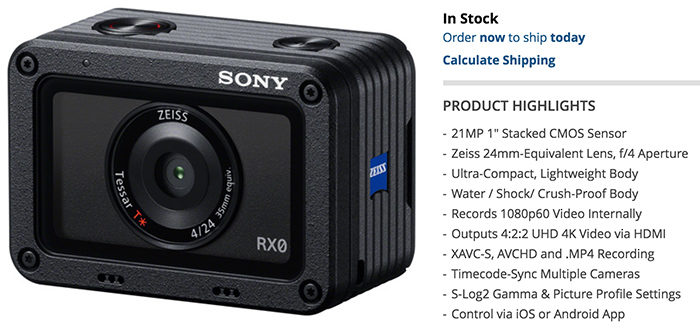Extended A9 review by Mark Galer
Marc Galer posted this Sony A9 Extended One-Month Review. Useful to watch if you plan to buy the A9!
24-105mm FE lens review by Photographyblog: “well-balanced and well-executed standard zoom lens that will satisfy a lot of people’s needs”
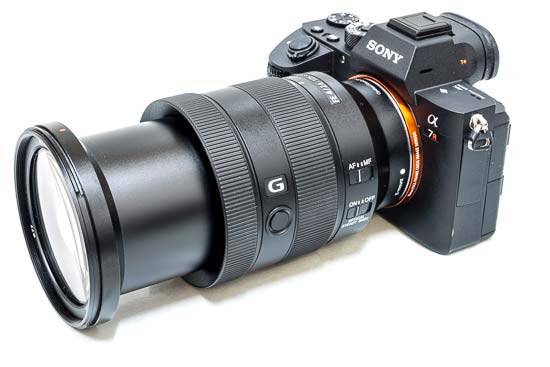
We havent’ seen many 24-150mm FE lens review so far. This one got just posted by Photographyblog:
Despite only being a “G” designated lens, rather than a more expensive “GM”, the new Sony FE 24-105 f/4 G OSS is certainly one sharp optic, both through the focal and aperture range. Compared to the Sony FE 24-70mm f/2.8 GM, you lose an aperture stop, but gain some very useful extra reach, save some weight, benefit from built-in OIS, and pocket an awful lot of change – just over £1000 / $1000 to be precise – whilst offering very comparable image quality, build and performance. Unless you really need f/2.8 rather than f/4, which admittedly is pretty compelling once you’ve tried it, then we’d definitely recommend the new Sony FE 24-105 f/4 G OSS for most photographers. Compared to the FE 24-70mm F4 ZA OSS, which is a little smaller and lighter, we’d again recommend the new Sony FE 24-105 f/4 G OSS because of the extra reach, although being a brand new product it is slightly more expensive than it’s older sibling. perhaps the elephant in the room from Sony Inc’s pint of view is the excellent Sigma 24-105mm F4 DG OS HSM, which is substantially cheaper than the FE 24-105 f/4 G OSS, even when you factor in the cost of an MC-11 adapter to go with it, although it is as big and heavy as the Sony FE 24-70mm f/2.8 GM.
Overall, we really like the new Sony FE 24-105 f/4 G OSS. It’s a well-thought out, well-balanced and well-executed standard zoom lens that will satisfy a lot of people’s needs at a price that isn’t too eye-watering. Overall, highly recommended!
Sony 24-105mm G FE at [shopcountry 66153].
Reminder: Don’t forget we from SAR are giving away one 24-105mm FE lens for free! Check this article to learn how to have a chance to win this lens.
New tutorial videos by Miguel Quiles with A7rIII, A9 and Profoto lighting
MIguel Quiles shot this two tutorial videos to show how professional lighting works.
First hands-on with the new 18-135mm E-mount lens by CameraLabs

18-135mm lens at BHphoto, Adorama, Amazon, FocusCamera and BestBuy.
At last we got someone who had the chance to play a bit with the new 18-135mm lens. Gordon Laing from CameraLabs writes:
The zoom and focusing rings are fairly smooth and avoid the scratchy or loose feel of some lower priced lenses; it’s certainly a big step-up from the E 16-50mm collapsing kit zoom bundled with many of Sony’s APSC bodies.
The overall sharpness of the image is very good for a kit zoom with the aperture open. Sure it’s not pin-sharp in the extreme corners at f3.5, but it’s a considerable improvement over the earlier Sony general-purpose zooms for APSC bodies, and additional gains can be enjoyed by stopping it down a little, with the sweet-spot around f5.6.
For the money the E 18-135mm is a no-brainer for all A6000, A5000 and NEX owners looking for a general-purpose zoom or an upgrade from the 16-50mm.
Gordon alos posted a coold image showing how much smaller this lens is compared to the competition:

Sony a7Riii vs a7Rii Color by Dave Dugdale
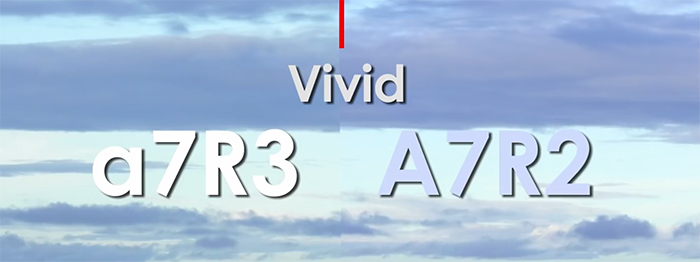
Sony said the new A7rIII has improved color performance bu so far nobody really tested this. But thanks to Dave Dugdale we now know more about it:
Sony A7rIII at Amazon, Bhphoto, Adorama, BuyDig, FocusCamera, Calumet DE, Wex UK. Photo Porst Neuwied. Sony Netherland. Sony Australia. Sony Japan.
Join the A7rIII facebook group to discuss the camera features and tests.
Sony A7RIII pixel shift with a vintage lens and a Sony A7rII star eater workaround
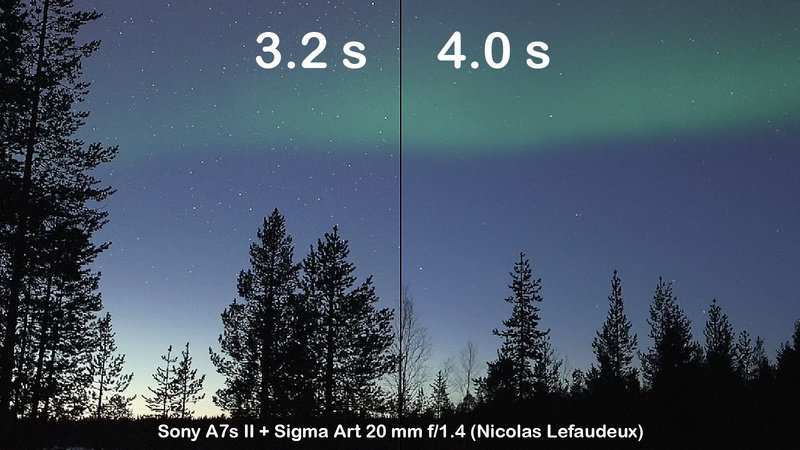
Image from the Star Eater Petition which asks Sony to fix the issue
David Kilpatrick from Photoclubalpha tested the Sony A7RIII pixel shift with a vintage Takumar lens. The conclusion:
Multi-shot pixel shift images, though only 120MB uncompressed, are so detailed that some won’t compress much at all. I have only ever seen this before from medium format, and that includes the Extra Fine single shot regular files.
And Jim Kasson found a Sony a7RII star-eater workaround:
The good news: The a7RII star-eating spatial filtering that takes place at 4 seconds and longer exposures does not occur in continuous low or continuous high shutter modes.
The bad news is that you have to put up with a little more noise and 12-bit precision. As bad news goes, that’s pretty good. The increase in noise is small, and the read noise at ISO 640 provides sufficient dither that you won’t miss those missing bits (at higher ISOs there will be even more read noise, and the increaded noise from the 12-bit conversions will be less significant). There is some question about what that horizontal periodicity means for astrophotography, and I would be interested in hearing from people who use this workaround on real stars.
Sony A7rIII at Amazon, Bhphoto, Adorama, BuyDig, FocusCamera, Calumet DE, Wex UK. Photo Porst Neuwied. Sony Netherland. Sony Australia. Sony Japan.
Join the A7rIII facebook group to discuss the camera features and tests.
